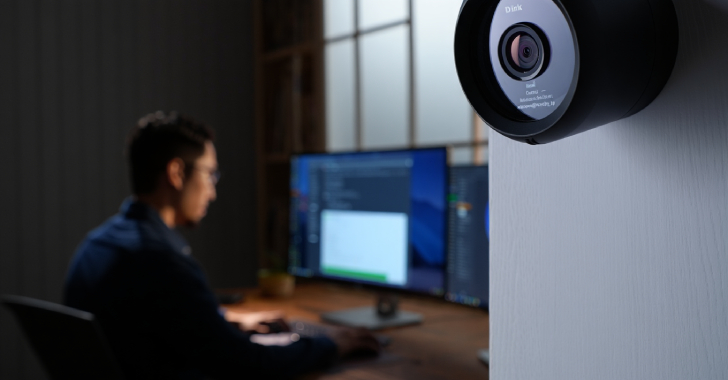
A Brief Overview of SOC 1 and SOC 2 Compliance
In an era of increasing digital dependence, the security and privacy of sensitive information have become critical concerns for organizations across various industries. To mitigate risks and address customer demands, organizations often seek compliance with industry-standard frameworks. Two such frameworks that are widely recognized in the field of data security and control are SOC 1 and SOC 2 compliance. In this article, we will provide a brief overview of SOC 1 and SOC 2 compliance, including their differences and significance in today’s business landscape.
SOC 1 Compliance:
SOC 1 compliance is an auditing standard that focuses on controls over financial information. Formerly known as SAS 70 (Statement on Auditing Standards No. 70), SOC 1 compliance is designed for organizations that provide services that impact the financial reporting of their clients. It helps organizations demonstrate the design and effectiveness of their controls, specifically those related to financial reporting, to meet regulatory requirements and address customer concerns. Key features of SOC 1 compliance include:
- Service Organization Controls (SOC): SOC 1 compliance involves an examination of an organization’s internal controls that may have an impact on their clients’ financial statements. These controls are assessed against established criteria to determine their effectiveness.
- Type I and Type II Reports: Similar to SOC 2 compliance, SOC 1 compliance reports also come in two types. Type I reports evaluate the design adequacy of an organization’s controls at a specified point in time, while Type II reports assess the operating effectiveness of those controls over a specified period, typically six to twelve months.
- Primarily Relevant to Business Process Outsourcing: SOC 1 compliance is particularly pertinent to organizations that provide services which affect the financial reporting of their clients. This includes payroll processing, billing services, financial transaction processing, and other activities that can impact financial statements.
- Focus on Internal Controls over Financial Reporting: SOC 1 compliance focuses on controls that pertain to financial reporting, including the processing and recording of financial transactions, IT general controls, segregation of duties, and financial statement presentation.
SOC 2 Compliance:
SOC 2 compliance is an auditing standard that assesses an organization’s controls related to the security, availability, processing integrity, confidentiality, and privacy of customer data. It is developed by the American Institute of Certified Public Accountants (AICPA) and is primarily based on the Trust Services Criteria. Key features of SOC 2 compliance include:
- Trust Services Criteria: SOC 2 compliance is based on five key trust services criteria, also known as trust principles. These criteria are security, availability, processing integrity, confidentiality, and privacy. These principles provide a framework for organizations to evaluate the efficacy of their controls that safeguard customer data.
- Widespread Applicability: SOC 2 compliance is relevant to a wide range of organizations, particularly those involved in providing cloud-based services, software-as-a-service (SaaS), technology platforms, data centers, and managed IT services. Achieving SOC 2 compliance helps these organizations address customer concerns and establish trust in their data handling practices.
- Scope of Examination: The scope of a SOC 2 examination is determined by the organization and typically includes all systems and processes related to customer data. Organizations need to define the specific controls that address the trust services criteria within this scope, allowing auditors to assess the effectiveness of their controls.
- Provision of Assurance: SOC 2 compliance serves as a valuable tool for organizations to assure customers and stakeholders that their data is handled securely and with the utmost confidentiality. The compliance report provides evidence that an organization’s controls meet industry standards and regulatory requirements.
Differences and Significance:
While both SOC 1 and SOC 2 compliance address the importance of internal controls and provide assurance to customers and stakeholders, they differ in terms of their focus and scope. SOC 1 compliance specifically focuses on controls that can impact the financial statements of clients, while SOC 2 compliance evaluates controls related to the security, availability, processing integrity, confidentiality, and privacy of customer data
SOC 1 compliance is particularly relevant for organizations that provide services that directly affect financial reporting, such as payroll processing or financial transaction processing. On the other hand, SOC 2 compliance is applicable to a broader range of service organizations, particularly those involved in handling customer data. This includes cloud service providers, data centers, SaaS platforms, and managed IT services.
Both compliance frameworks are essential for organizations seeking to enhance their controls and build trust with clients. SOC 1 compliance helps organizations demonstrate their commitment to accurate financial reporting, while SOC 2 compliance showcases their dedication to data security, availability, integrity, confidentiality, and privacy. Achieving compliance with both frameworks strengthens an organization’s reputation and provides a competitive edge in the market, demonstrating that they have taken significant steps to protect their clients’ interests.
In conclusion, SOC 1 and SOC 2 compliance play vital roles in today’s business landscape. While SOC 1 compliance primarily focuses on controls related to financial reporting, SOC 2 compliance addresses controls concerning the security, availability, processing integrity, confidentiality, and privacy of customer data. By achieving compliance with these frameworks, organizations can increase customer confidence and demonstrate their commitment to protecting sensitive information. Understanding the differences and significance of SOC 1 and SOC 2 compliance is crucial for organizations seeking to enhance their controls and maintain a strong position in an ever-evolving digital landscape.
Contact Cyber Defense Advisors to learn more about our SOC 2 Compliance solutions.





